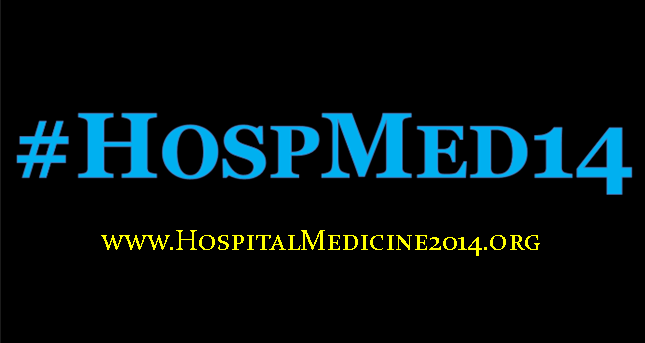by Paul Stander, MD, MBA, FACP
I recently completed my 21st year as a hospital CMO at Banner Good Samaritan Medical Center in Phoenix, AZ. Of course when I first started, there was no Banner Health; we were called Samaritan Health System then. There was also no such things as a hospitalist at my institution and my main role was to get the medical staff to be more “cost-effective” – in other words, “control” utilization. Amazingly, I survived all that and, although I have no data to back this up, I’d venture to say that I’m one of the longest-tenured chief medical officers in the country.
These are roles that can really take their toll and most (sane) individuals move on to something different well before they get to where I am. Having said that, I’ve truly enjoyed my time as a CMO and of course I have seen dramatic changes in healthcare over the last two decades, not the least of which is the prominent role that hospitalists now play at my institution and at virtually all hospitals across the country. Now that we are at the era of so-called healthcare “reform” (I think I’ve heard that before), all of us are struggling to survive in a volume-driven reimbursement environment while at the same time transitioning to a “value-driven” model.
What does this mean for the hospitalist world? That is some of what we will be discussing at our upcoming session at Hospital Medicine 2014 entitled, “A View from the C-Suite – How Hospital Executives View Hospitalist Programs.” I, along with a very seasoned hospital CEO and CFO, will review the conventional expectations that C-suites expect from their hospitalist teams. Expectations for hospitalists include topics such as being leaders for promoting quality, patient experience and efficient utilization.
The C-suite is also interested in hospitalists trying to prognosticate what the hospital of the future will look like and how hospitalists can best fit into that model. If there will continue to be pressure to keep patients out of the hospital, what does that mean about the future need for hospitalists? If it will be harder to admit patients to the hospital does that mean that those who do get admitted will be sicker and therefore need hospitalists more adept at critical care? How should hospitalists interface with the Patient Centered Medical Home and with the Post-Acute Care world?
So I ask you, what new skill sets should hospitalists bring to the table and what new roles should hospitalists take on to maintain or, better yet, enhance their value and relevance for the hospital of the future? Looking forward to hearing your thoughts in the comments below or during my session on Thursday morning at 9:50 a.m. in Mandalay Bay F.
 Paul E. Stander, MD, MBA, FACP was born in Philadelphia, Pennsylvania. He received his bachelor’s degree with a major in biology/neurobiology from Cornell University in Ithaca, New York and completed his undergraduate medical training at the Jefferson Medical College of Thomas Jefferson University in Philadelphia, Pennsylvania. He pursued his internal medicine residency training at the Medical College of Wisconsin in Milwaukee. Dr. Stander is Board Certified in Internal Medicine and Hospice/Palliative Medicine. He also holds a Master of Business Administration degree from the University of Phoenix. Dr. Stander has been Chief Medical Officer at Banner Good Samaritan Medical Center since 1993. He is also a member of the Samaritan Academic Faculty Association and Clinical Assistant Professor at the University of Arizona.
Paul E. Stander, MD, MBA, FACP was born in Philadelphia, Pennsylvania. He received his bachelor’s degree with a major in biology/neurobiology from Cornell University in Ithaca, New York and completed his undergraduate medical training at the Jefferson Medical College of Thomas Jefferson University in Philadelphia, Pennsylvania. He pursued his internal medicine residency training at the Medical College of Wisconsin in Milwaukee. Dr. Stander is Board Certified in Internal Medicine and Hospice/Palliative Medicine. He also holds a Master of Business Administration degree from the University of Phoenix. Dr. Stander has been Chief Medical Officer at Banner Good Samaritan Medical Center since 1993. He is also a member of the Samaritan Academic Faculty Association and Clinical Assistant Professor at the University of Arizona.
Dr. Stander’s areas of interest include quality improvement in clinical care, patient safety for inpatient and outpatient settings and the ethical, operational and financial aspects of the delivery of hospice and palliative care services. His bibliography includes articles, abstracts and editorials published in numerous medical journals and in 1997 was co-author of the Quick Consult Manual of Primary Care Medicine, a primer for management of common conditions in ambulatory care.



Leave A Comment